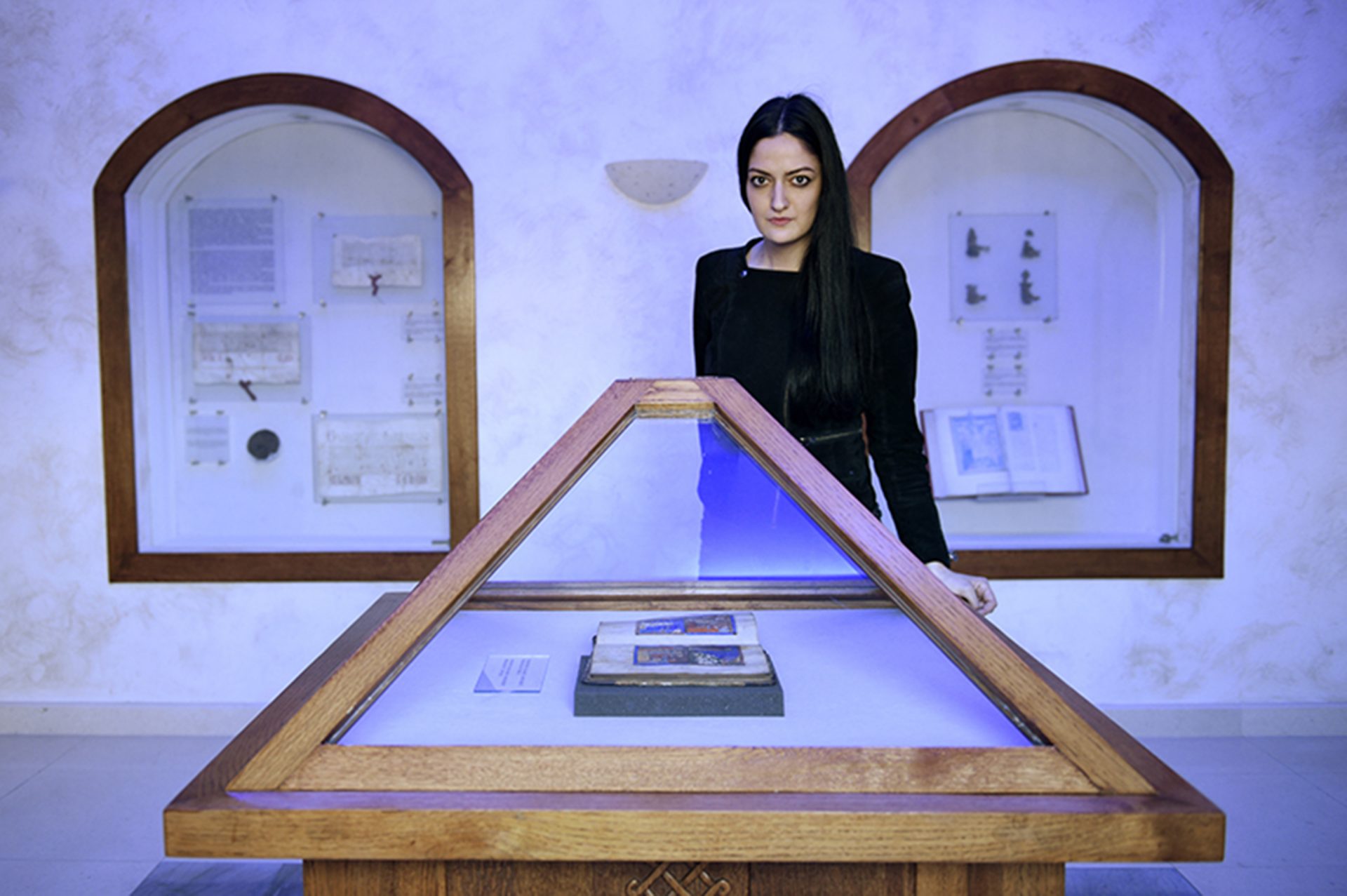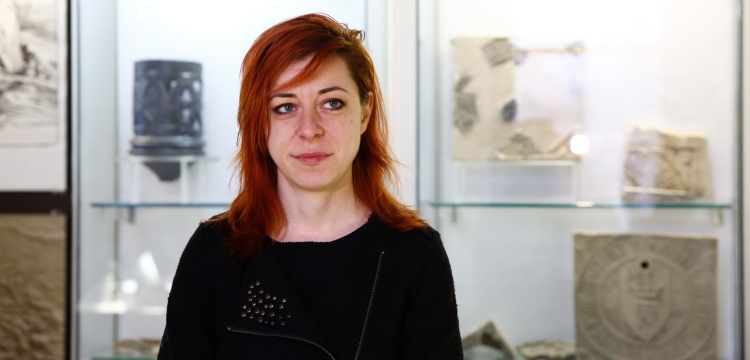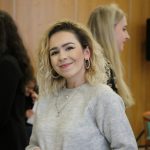
For more than a hundred years of turbulent history, Sarajevo and its inhabitants have kept the Sarajevo Haggadah, a written collection of Jewish regulations and traditions, from wars, arson, and theft. Its home is the National Museum of Bosnia and Herzegovina, which the Haggadah has had to leave several times in order to be preserved.
The Haggadah is a written collection of religious precepts and traditions used to mark Passover, the holiday which celebrates the liberation of the Jewish people from Egyptian slavery. Because texts from the Haggadah are read with family every Passover, there is a relatively large number of such books – the most famous being the Sarajevo Haggadah.
National Museum of Bosnia and Herzegovina notes that the Sarajevo Haggadah was created in Barcelona around 1350. Due to the persecution of Jews in Spain, it traveled all around Italy and came to Bosnia and Herzegovina, where it has been ever since. The Sarajevo Haggadah is invaluable, as it contains unique figural depictions and is the only Haggadah from that era that has been preserved in its entirety.
“The Sarajevo Sephardic Cohen family, due to the bad financial situation, decided to sell their Haggadah. At first, they offered it to various Jewish associations, but nobody had enough financial resources to buy it. Since the National Museum was founded by the Austro-Hungarian government, it had funds to redeem it, and so in 1894 it bought the Haggadah for a sum of 150 crowns. Among our documentation, we still have a purchase agreement,” says museum curator Lejla Bečar, explaining how the Haggadah arrived at the National Museum of Bosnia and Herzegovina.
It was sent from Sarajevo to Vienna for analysis, from where, with certain vicissitudes, it returned after a few years. However, the Sarajevo Haggadah had not yet found its lasting peace in the Museum collection.

“German military forces were collecting Jewish art throughout Europe to form a museum of perished civilization. Sarajevo wanted the Haggadah exclusively. Curator Derviš Korkut – a learned man – was in charge of it. When the director of the museum at the time, Joza Petrović, informed him that the Germans had arrived, he hid the Haggadah in his trousers and said that they had handed it over to another officer that morning. The Germans went to look for that officer, who had been created in the minds of Derviš and Joza, while the two of them stayed to think about what they would do with the Haggadah,” says Bečar.
Derviš Korkut, at great risk, hid the Sarajevo Haggadah in a mosque in a Muslim village on the Bjelašnica Mountain, where it remained until the end of World War II. Afterwards it was returned to the National Museum in Sarajevo.
The Sarajevo Haggadah was not safe during the siege of Sarajevo (1992-1996), as the National Museum found itself on the front lines of the city and suffered severe destruction. Along with many other valuable items, the Haggadah was transferred to the National Bank’s vault, where it welcomed the Dayton Peace Agreement.

The Sarajevo Haggadah has survived the Inquisition, the First and Second World Wars, and the last war in Bosnia and Herzegovina.
“It has Bosnian nafaka (blind luck),” Bečar explains vividly.
The fact is that Bosnia and Herzegovina’s cultural wealth is immeasurable. However, the question is whether current generations have been taught to go to museums and appreciate the treasures left to them by their ancestors.
Awareness of the Haggadah’s importance is poorly developed, according to Luka Bošković, a longtime volunteer at the National Museum in Sarajevo.
“On the Museum’s birthday and for European Museum Night I see the same friends who sometimes manage to bring some other people. Young people have no tendency to go to museums,” he says.
Awareness of the importance of the Museum and the museum collections can be awakened. Bošković’s advice is the following.
“When any of the readers visit the National Museum, let them take a better look at the exhibits, let them read the inscriptions and let them mention on social networks what they read and learned during that visit. Don’t ever rush those things like we’re used to rushing through our whole lives,” he says.

The Sarajevo Haggadah, one of the most valuable and unique exhibits in the Museum’s collection, was exhibited very rarely before 2018 due to the lack of appropriate conditions at the Museum. It would only be exhibited on Passover and on the Museum’s birthday.
Thanks to the French Embassy in BiH and UNESCO, which decided to protect the Museum and the room where the Sarajevo Haggadah will be on display, the Haggadah can now be seen twice a week on Tuesdays and Thursdays from 12:00 to 13:00. In addition to that, special visits with experts are provided.






